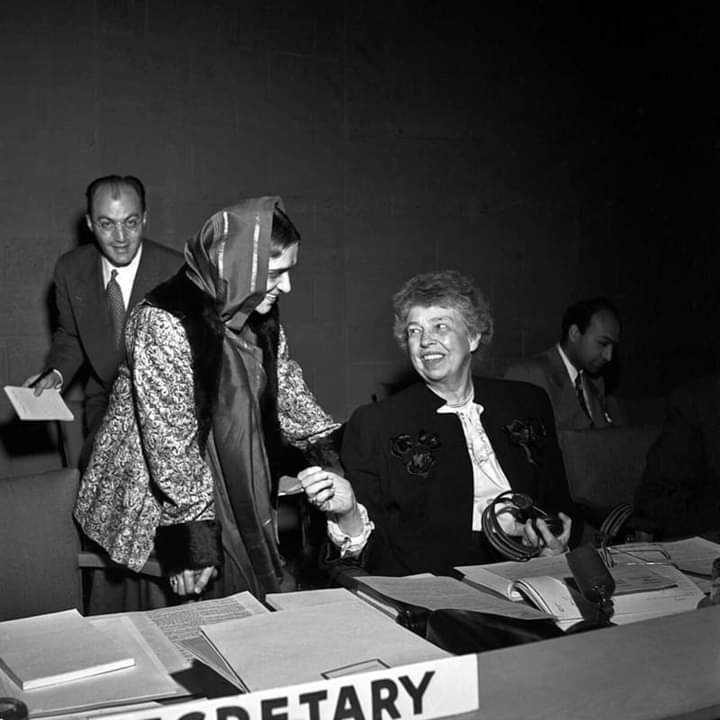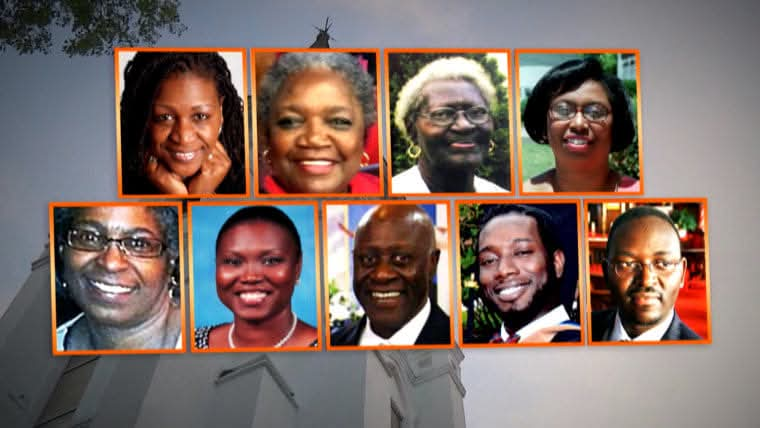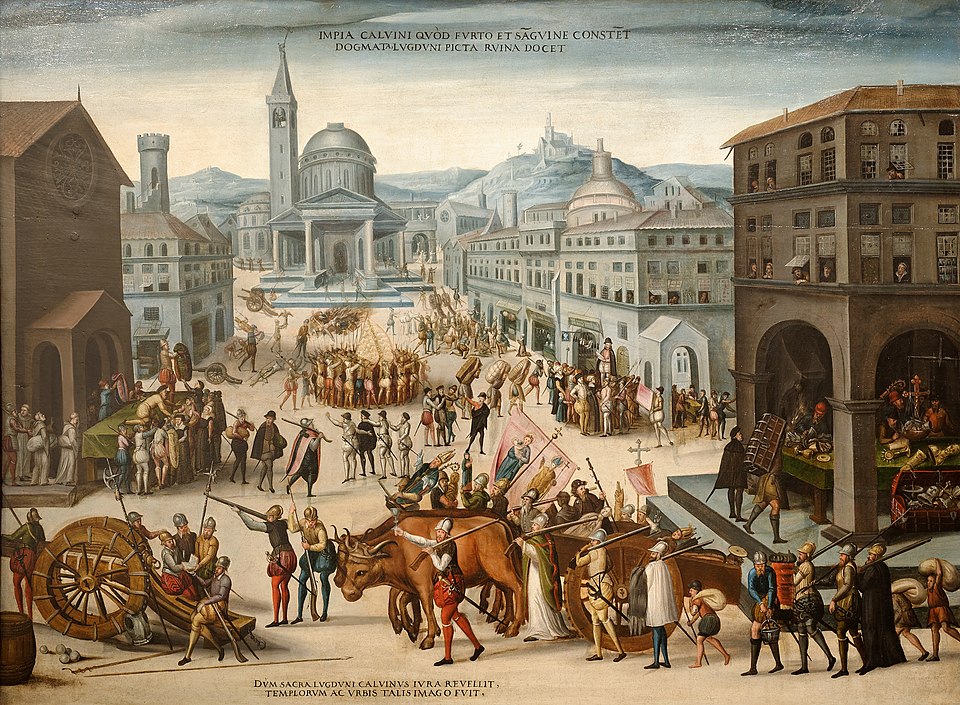History of the Universal Declaration of Human Rights

Did you know that the Universal Declaration of Human Rights that was adopted by the United Nations General Assembly (UNGA) on 10 December 1948 was as a result of the experience of the Second World War?
With the end of the Second World War (WW II), and the creation of the United Nations (UN), the international community vowed to never again allow atrocities like those of that conflict to happen again. World leaders decided to complement the UN Charter with a road map to guarantee the rights of every individual everywhere. The document they considered, and which would later become the Universal Declaration of Human Rights, was taken up at the first session of the General Assembly in 1946.
The Assembly reviewed this draft Declaration on Fundamental Human Rights and Freedoms and transmitted it to the Economic and Social Council "for reference to the Commission on Human Rights for consideration . . . in its preparation of an international bill of rights."
The Commission, at its first session early in 1947, authorized its members to formulate what it termed "a preliminary draft International Bill of Human Rights". Later the work was taken over by a formal drafting committee, consisting of members of the Commission from eight States, selected with due regard for geographical distribution.
The Commission on Human Rights was made up of 18 members from various political, cultural and religious backgrounds. Eleanor Roosevelt, widow of American President Franklin D. Roosevelt, chaired the UDHR drafting committee. With her were René Cassin of France, who composed the first draft of the Declaration, the Committee Rapporteur Charles Malik of Lebanon, Vice-Chairman Peng Chung Chang of China, and John Humphrey of Canada, Director of the UN’s Human Rights Division, who prepared the Declaration’s blueprint. But Mrs. Roosevelt was recognized as the driving force for the Declaration’s adoption.
The Commission met for the first time in 1947... The final draft by Cassin was handed to the Commission on Human Rights, which was being held in Geneva. The draft declaration sent out to all UN member States for comments became known as the Geneva draft.
The first draft of the Declaration was proposed in September 1948 with over 50 Member States participating in the final drafting. By its resolution 217 A (III) of 10 December 1948, the General Assembly, meeting in Paris, adopted the Universal Declaration of Human Rights with eight nations abstaining from the vote but none dissenting…
The entire text of the UDHR was composed in less than two years. At a time when the world was divided into Eastern and Western blocks, finding a common ground on what should make the essence of the document proved to be a colossal task.
Women delegates from various countries played a key role in getting women’s rights included in the Declaration. Hansa Mehta of India (Photo: standing above Eleanor Roosevelt) is widely credited with changing the phrase "All men are born free and equal" to “All human beings are born free and equal” in Article 1 of the Universal Declaration of Human Rights.
To read the text of the declaration, click the link: https://www.un.org/en/about-us/universal-declaration-of-human-rights
Source: United Nations
#penglobalhistory



